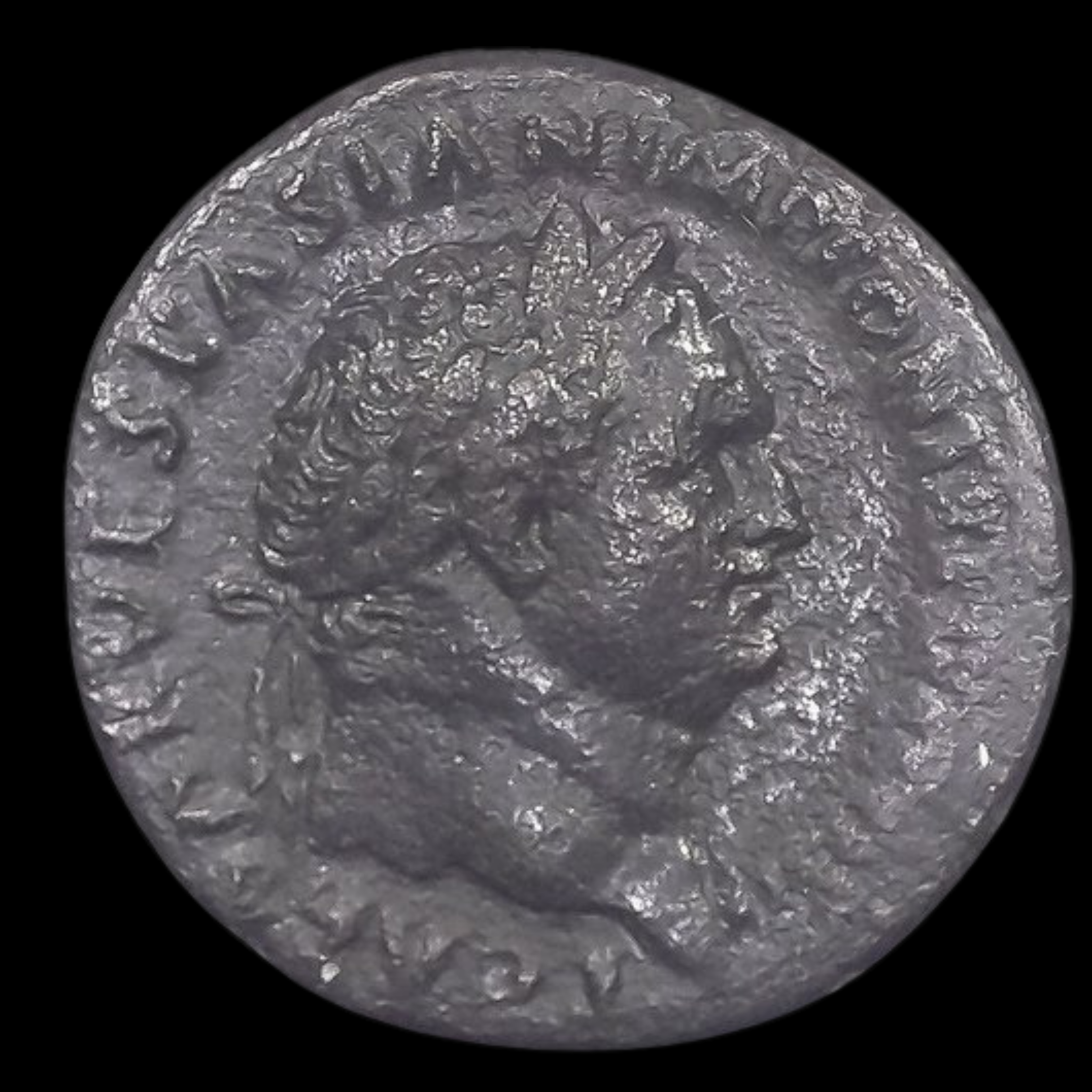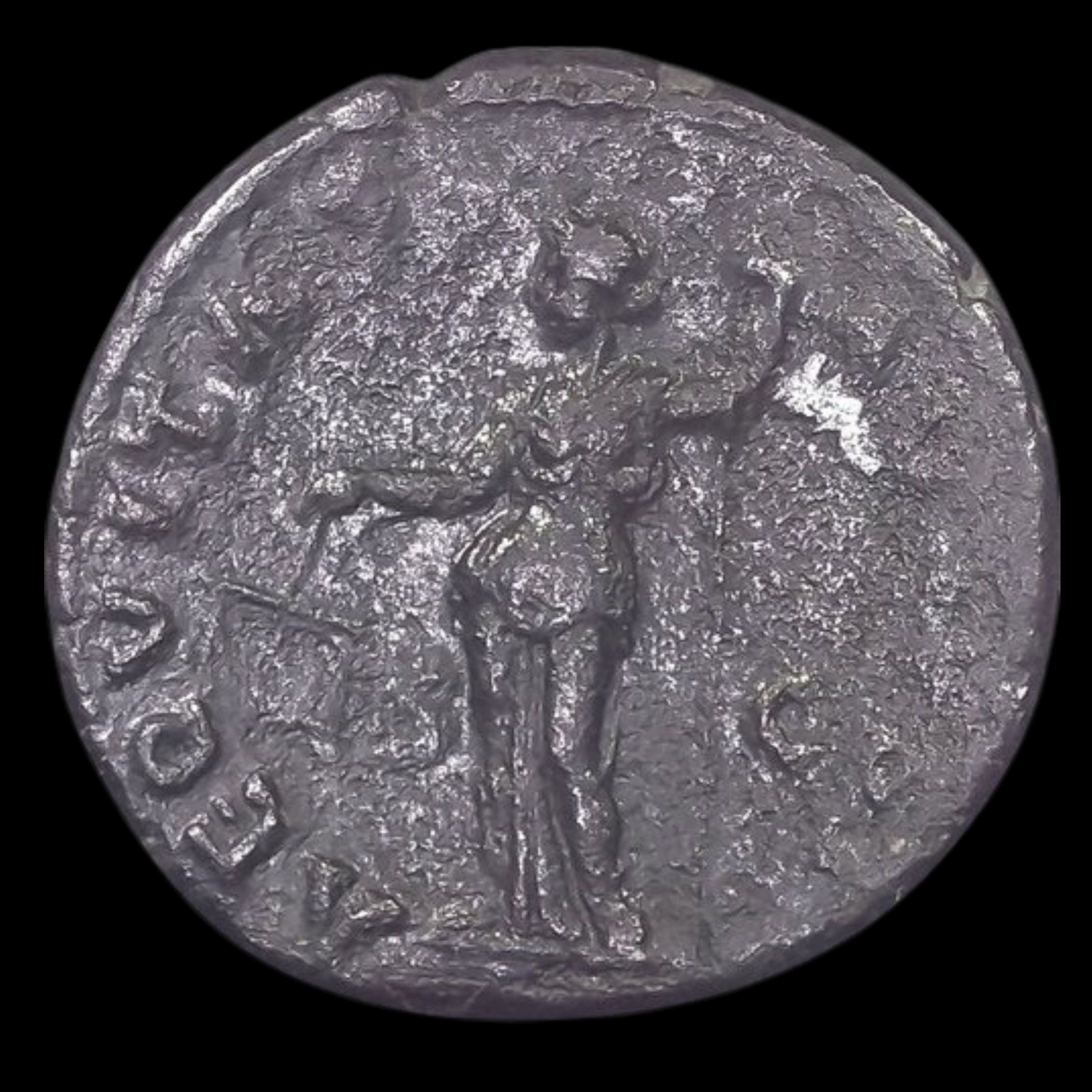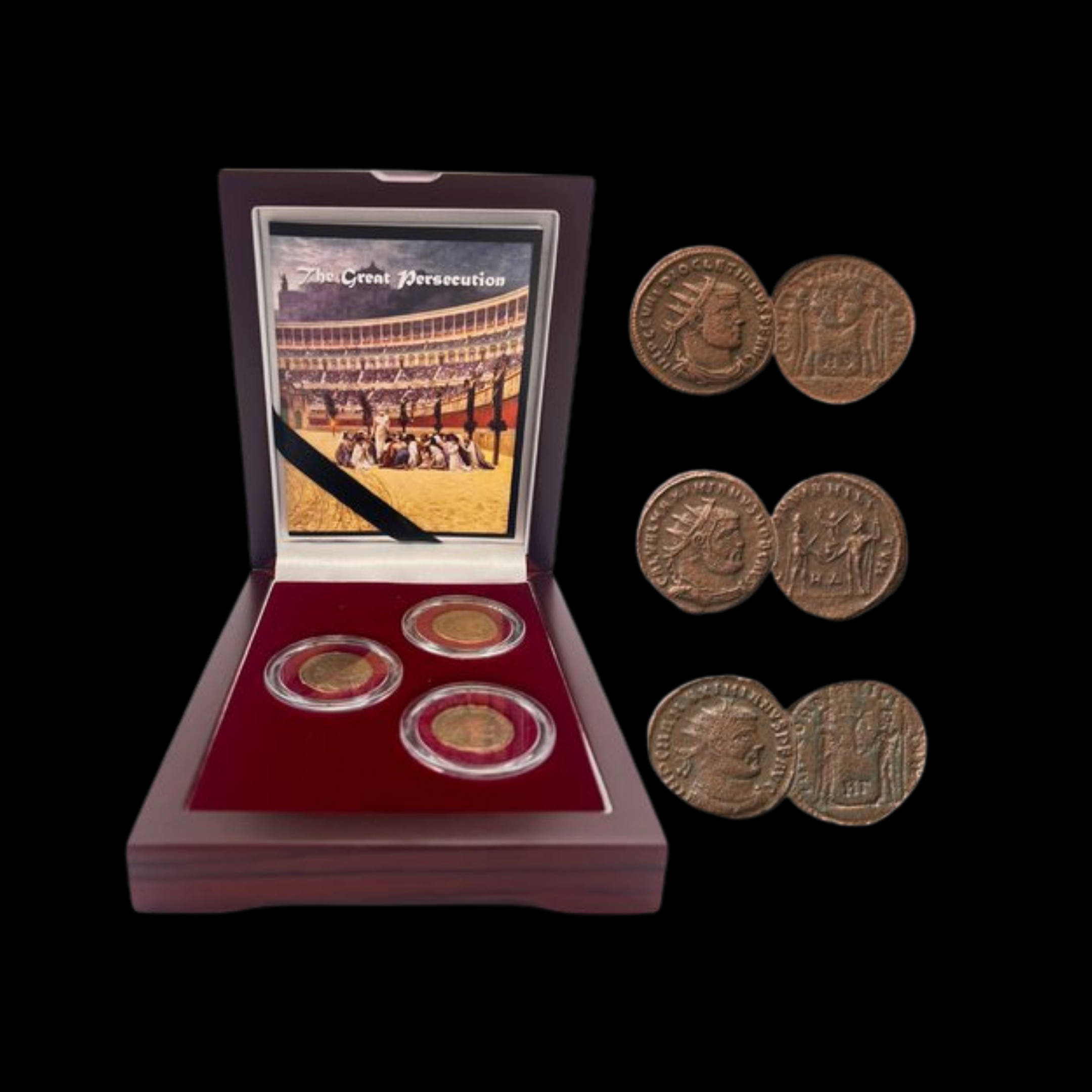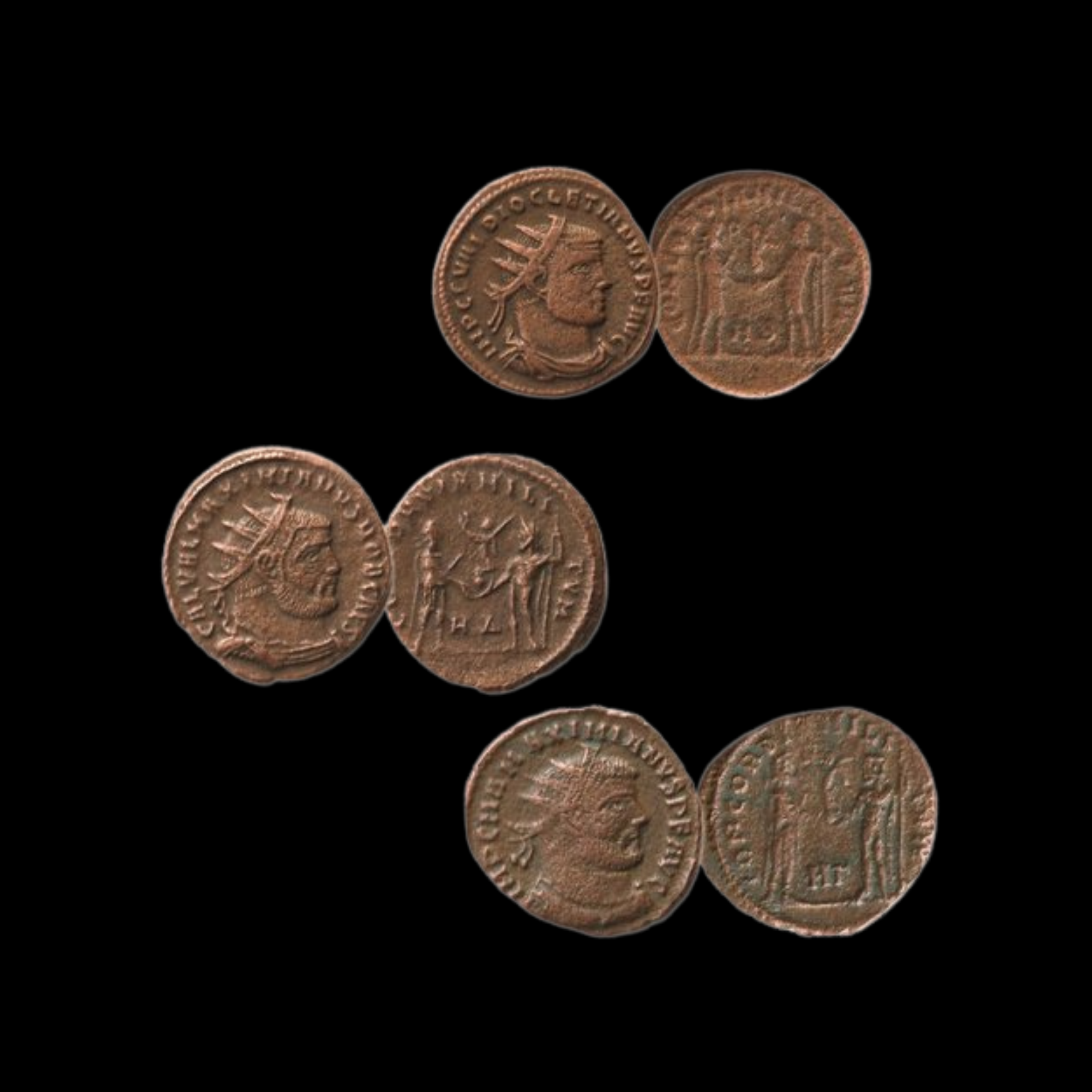 Image 1 of 2
Image 1 of 2

 Image 2 of 2
Image 2 of 2



Roman Empire Bronze As of Titus as Caesar (about 1950 years ago)
This bronze coin was minted in Rome while Titus served as Caesar (heir apparent) under his father Vespasian, before becoming emperor himself. The As was a common denomination used for everyday transactions throughout the Roman Empire, helping to integrate the economy across diverse regions.
Coin Description:
Front side: Laureate head of Titus facing right with inscription "T CAESAR VESPASIAN IMP PON TR (POT COS II)" (Titus Caesar Vespasian, Imperator, Pontifex, Holder of Tribunician Power, Consul for the second time)
Back side: Aequitas (goddess of fairness and equity) standing left, holding scales and scepter; inscription "AEQVITAS - AVGVSTI" with "S - C" (Senatus Consulto - by decree of the Senate) in the field
Technical Details:
Bronze composition, weighing 9.93 grams
As denomination (common bronze coin for everyday use)
Reference: RIC-469 (R2 indicating significant rarity)
Provenance: Ex. Curtis L. Clay Collection; Ex. Rauch 58/III, Oct 1996, lot 220
Date: 72 CE, minted in Rome
Condition: Not specified
Historical Significance:
This rare bronze coin portrays Titus during his role as heir to the imperial throne. As Vespasian's eldest son, Titus had proven himself as a military commander during the Jewish War, including the siege of Jerusalem in 70 CE. The Aequitas figure symbolizes fair governance and economic stability, important themes as the Flavian dynasty established itself. The "S C" (by decree of the Senate) emphasizes the constitutional appearance of imperial rule.
This bronze coin was minted in Rome while Titus served as Caesar (heir apparent) under his father Vespasian, before becoming emperor himself. The As was a common denomination used for everyday transactions throughout the Roman Empire, helping to integrate the economy across diverse regions.
Coin Description:
Front side: Laureate head of Titus facing right with inscription "T CAESAR VESPASIAN IMP PON TR (POT COS II)" (Titus Caesar Vespasian, Imperator, Pontifex, Holder of Tribunician Power, Consul for the second time)
Back side: Aequitas (goddess of fairness and equity) standing left, holding scales and scepter; inscription "AEQVITAS - AVGVSTI" with "S - C" (Senatus Consulto - by decree of the Senate) in the field
Technical Details:
Bronze composition, weighing 9.93 grams
As denomination (common bronze coin for everyday use)
Reference: RIC-469 (R2 indicating significant rarity)
Provenance: Ex. Curtis L. Clay Collection; Ex. Rauch 58/III, Oct 1996, lot 220
Date: 72 CE, minted in Rome
Condition: Not specified
Historical Significance:
This rare bronze coin portrays Titus during his role as heir to the imperial throne. As Vespasian's eldest son, Titus had proven himself as a military commander during the Jewish War, including the siege of Jerusalem in 70 CE. The Aequitas figure symbolizes fair governance and economic stability, important themes as the Flavian dynasty established itself. The "S C" (by decree of the Senate) emphasizes the constitutional appearance of imperial rule.


















